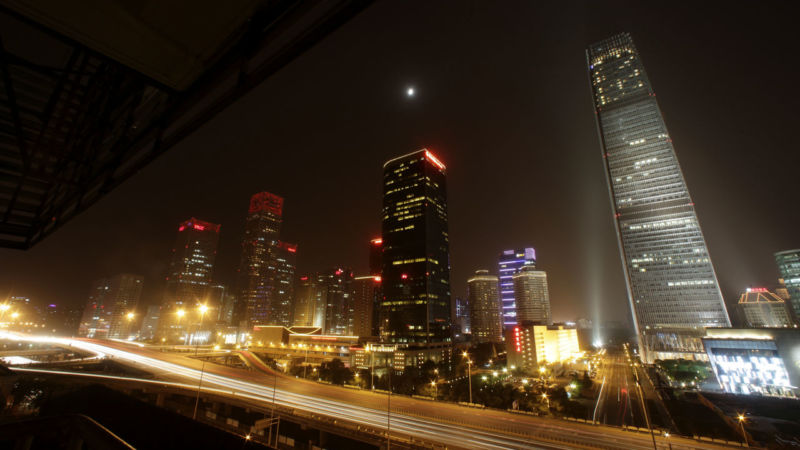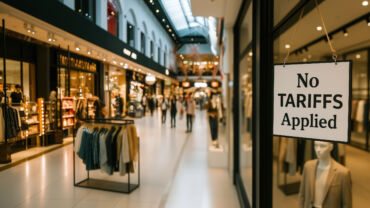According to the second amendment to the Asia-Pacific Trade Agreement (APTA), China has adjusted conventional tariffs for goods originating from Bangladesh, India, Laos, South Korea, and Sri Lanka. This was the fourth round of tariff concessions for APTA. China joined APTA in May 2001, an agreement formerly known as the Bangkok Agreement. Since then, China has imported a total of 106 billion U.S. dollars’ worth of products under tariff preferences. Plastic and rubber products, chemicals, minerals, textile raw materials and products, mechanical and electrical products are the top five categories enjoying concessional duty rates under the agreement for China.
After nine years of negotiating APTA, the amendment is a major achievement, as it enriches, perfects, complements and improves the original agreement with Bangkok. It is believed that APTA better reflects the actual needs and vision of all members of the agreement to further deepen trade and economic cooperation and mutually beneficial results. After the amendment enters into force, the amendment will facilitate trade and economic growth and further the progression of the One Belt and Road construction.
The main changes from the fourth-round of tariff concessions for APTA are:
- Wider product coverage. The total HS Codes in the fourth round of tariff reductions was 10,312, with the amendment adding 330 additional products to the tax reduction list, including animal products, textiles, metal products, mechanical and electrical products, etc. In addition, China has reduced taxes on 2,323 items of origin goods imported from the other five-member countries[1], mainly including fish, vegetables, tea, chemical products, textiles and clothing, footwear, steel products, motor vehicle parts and components, machinery and electronics.
- Significant tax reductions to encourage Chinese exports. From China’s perspective, South Korea, India, Sri Lanka, Bangladesh and Laos have simultaneously reduced taxes on products originating in China. Some of the notable changes to receive preference adjustments are noted with China’s silicon exports to South Korea duty rate under APTA at 50% lower than the MFN tariff rate. In India’s tariff concession list, Coca Cola is China’s most exported product to India, and will now enjoy a tariff preferential margin of 45% between APTA and the MFN rate. Sri Lanka has offered a 30% tax reduction to Chinese products like essential oils, glass products and electronic clocks. The APTA rate for walking tractors, washing, bleaching or dyeing machines and dredgers originating in China and exported to Bangladesh is at a 30% MFN rate. Corrugated boxes to Laos has also been reduced by 20% import duty rate.
- Main enhancements to the rules of origin. The fourth round of tariff reductions also includes optimizing the rules of origin and certificates of origin. The agreement has added product specific rules (PSR) and the relevant product lists covering 153 products with 4-digit HS codes (including beverages, fossil fuels, organic chemicals, plastics and their products, synthetic rubber, steel and other products) can be subject to the ” Change in Tariff Heading (CTH)” rule, with companies now able to apply the CTH and RVC (Regional Value Content) rules; providing more flexibility in qualifying goods under APTA.
Additionally, a clear calculation of “accumulate components” commentary has been added that will be beneficial to the production supply chain among participating members. In order to prevent misunderstandings by countries for accumulate components in the actual operation process, comment #9 on “accumulate components” has been added to help clarify the calculation method, i.e. products produced by one member may include the original materials of other members (VOM1); local materials and local direct labor costs, production overhead costs, freight charges and finished product profits(VOM2), the sum of which shall not be less than 60% of the FOB price of the finished product.
For example, imported cellphone chips from South Korea and plastic parts from Bangladesh, produce cellphones in China, and then export to India. If the labor cost, indirect production cost, freight cost and finished product profit of chips, plastic parts and other materials of Chinese origin are higher than or equal to 60%, the mobile phone qualifies as Chinese origin and can apply for APTA tax rate in India.
Also, further explanation of direct transportation terms now makes operations easier and more convenient. Comment #10 has been specifically added to unify members’ understanding of “direct transportation” in that “products do not enter into trade or consumption channels in these countries”. Comment #10 further illustrates that if cargos transfer through non-member counties without any import customs clearance and subsequently export under the same commercial contract, it can be released as “products that have not entered into trade or consumption channels in these countries”, meeting the direct transportation requirements.
To take advantage of APTA, companies should
- Review their products to determine if they are covered by the fourth-round of new tariff concessions
- Review their products to determine if they fit the new product specific rules
- And, carefully evaluate the filing method of HS codes in the origin of certification change from 4 digits to 6 digits
Reference:
http://gss.mof.gov.cn/zhengwuxinxi/zhengcefabu/201806/t20180626_2939281.html
http://www.customs.gov.cn/customs/302249/302266/302269/1904392/index.html
http://fta.mofcom.gov.cn/enarticle/enpacific/enasiapacificnews/201807/38222_1.html
Gongbei Customs (2018, July). Trade facility Polices: Enforce status of the fourth-round tariff concessions of Asia-pacific Trade Agreement. China Customs Magazine, journal July.
[1] China, Bangladesh, India, South Korea Sri Lanka






